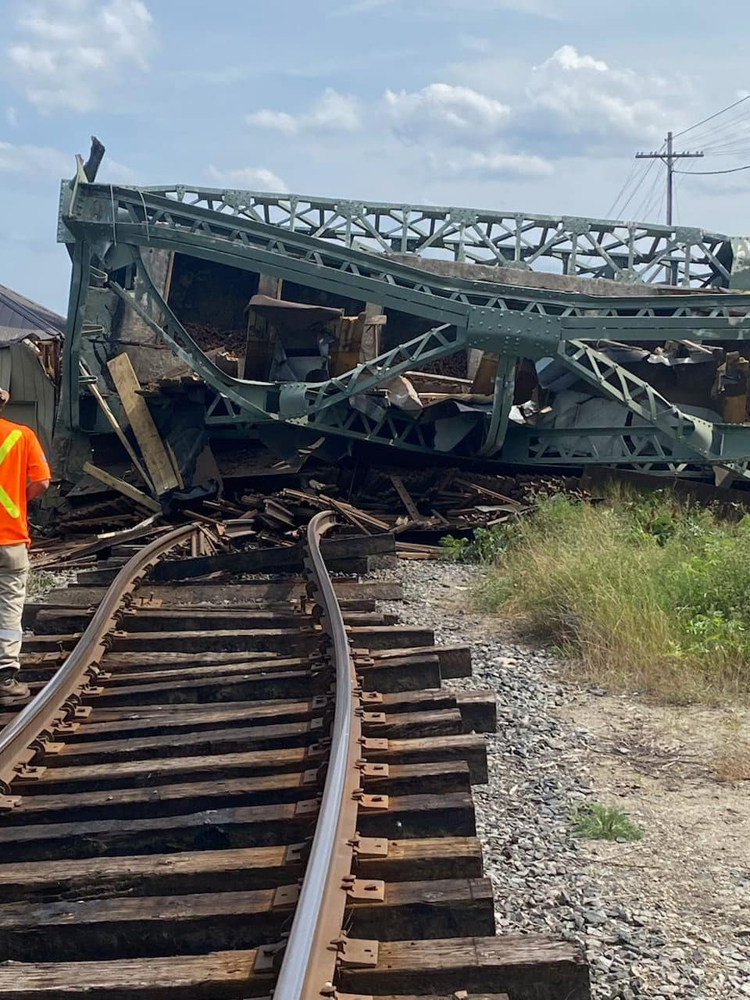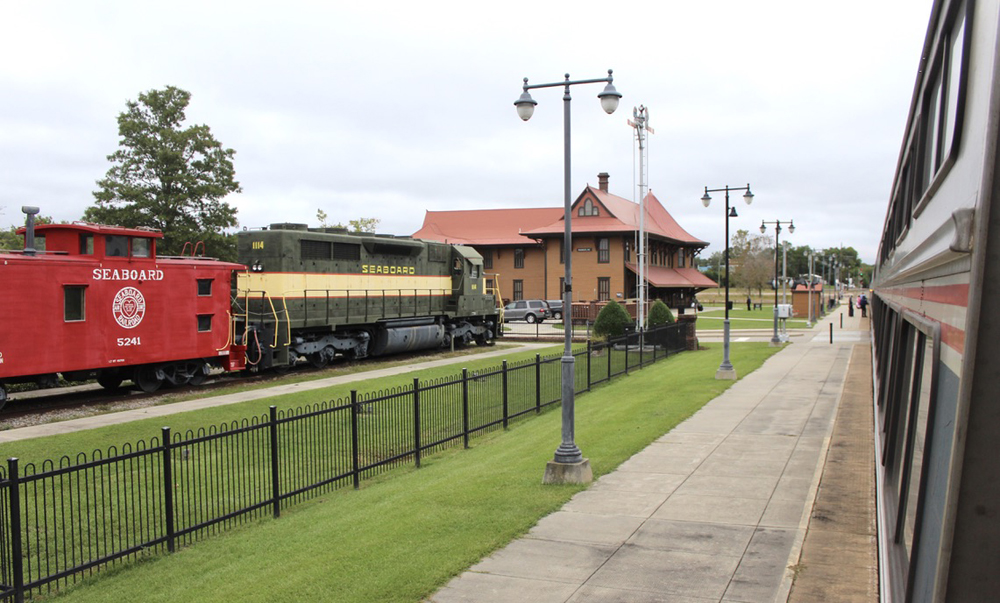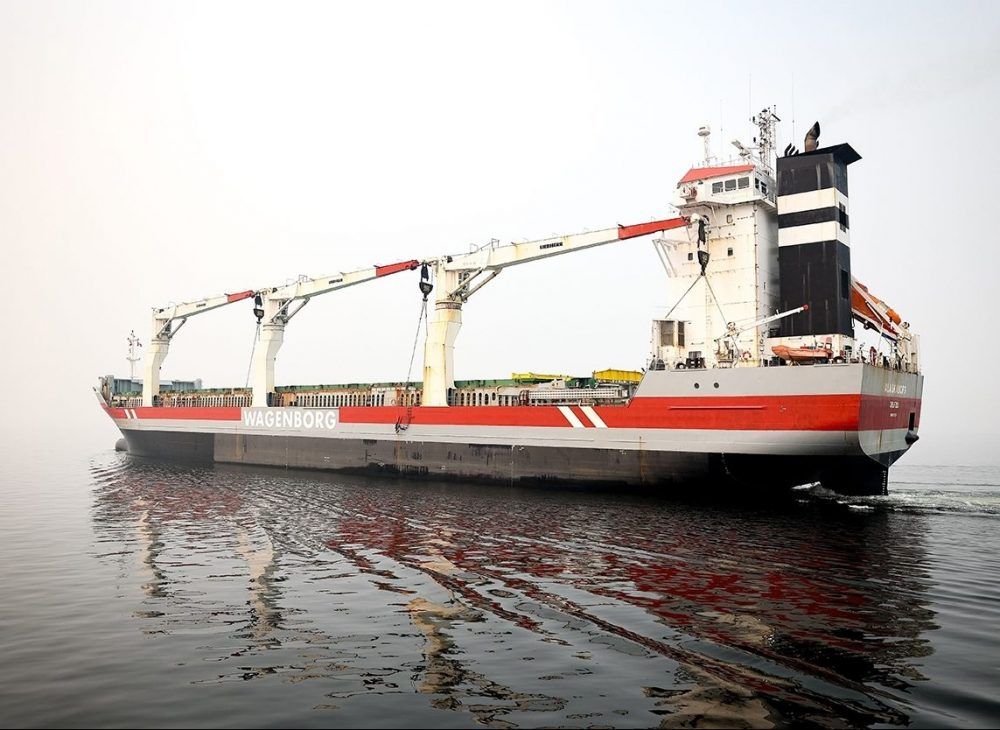lenaitch
Senior Member
Brought forward with an update:This area:
Got the story......

CN bridge collapses in Fort Frances, Ontario (updated) - Trains
FORT FRANCES, Ontario — A Canadian National Railway lift bridge in Fort Frances has collapsed, the website NWOnewswatch.com reports. CN said in a statement to website operator Dougall Media on Wednesday, Aug. 14, that it was responding to “an incident” involving the bridge across the Rainy River...www.trains.com
From the above, additional credit embedded:
View attachment 588383
View attachment 588384

Rail bridge to resume service by mid-September
Five-Mile Bridge near Fort Frances collapsed in August, halting operations








